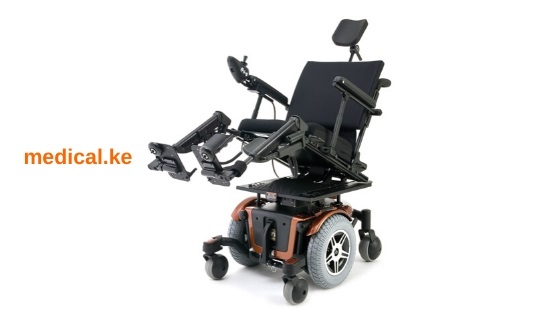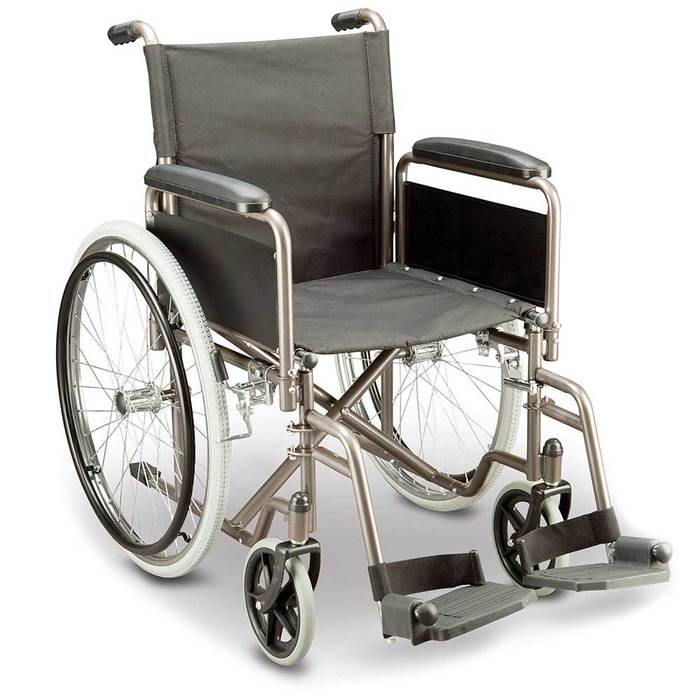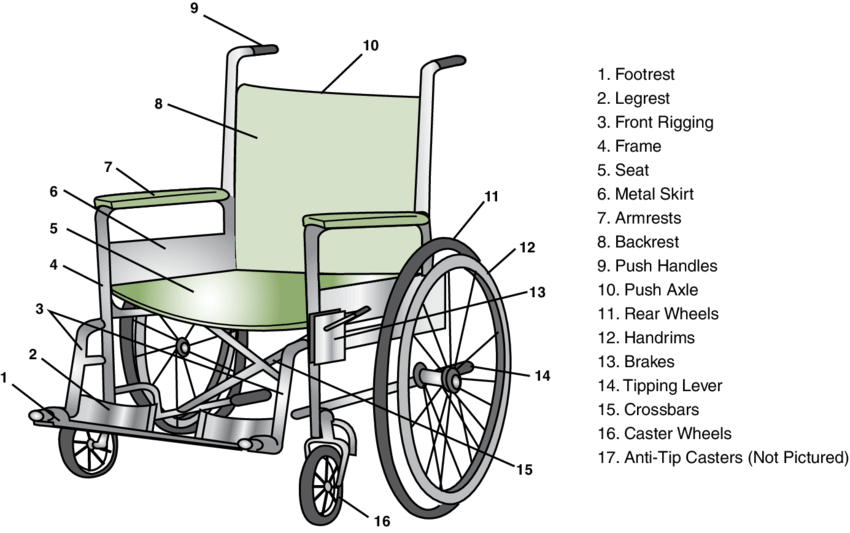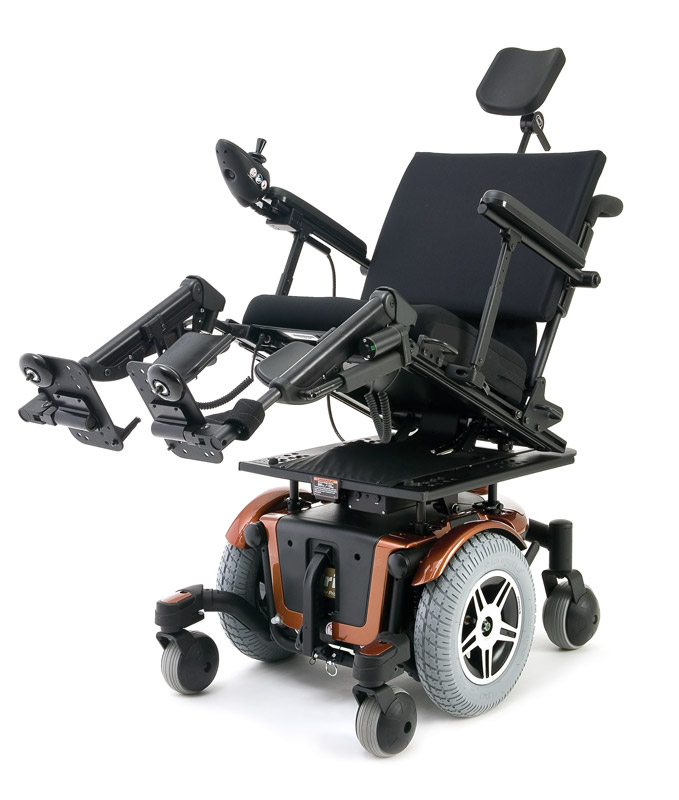
When you hear the word wheelchair, don't you almost visualize someone behind one and pushing it across the streets with a patient on it?
Trust me, this article will change that forever.
... And what do Chinese people have to do with a wheelchair?
Stay with me for just a few minutes... It might just surprise you, just how old a wheelchair is.
Before we get deep into the history of a wheelchair, let us first get into the conditions that might warrant the use of a wheelchair.
Add more reasons why one might need a wheelchair in the comments section below:
Here we go
I can't wait to see your comments below on which conditions warrants the use of a wheelchair.
A wheelchair is a straight-back chair fitted with wheels and used as a mobility device.
A wheelchair is primarily used due to an injury, illness (physiological or physical) or a disability.
Wheelchairs come with specialized sitting adaptations to allow either manual propulsion by the seated user turning the rear wheels by hand, or an automated or electric wheelchair propelled by batteries or motors.
There are often handles behind the seat to allow push. A wheelchair can make all the difference in mobility and it is arguably one of the commonest mobility devices.
Some of the earliest pieces of evidence of a wheelchair are found in China. Chinese people would use traditional wheelbarrows to transport heavy objects and people.
Several years later, in 525 CE, the two functions were differentiated when images of wheel benches made specifically to carry people began to occur in Chinese art.
What Determines The Right Wheelchair?
There are many different types of wheelchairs that are used for various reasons.
While some users, often those with specialized needs, may have wheelchairs custom-built. It is important to understand the limitations and safe operation of whatever you choose.
I am still waiting for you to add your comment below - what other reasons can make one use a wheelchair in addition to above 🙂
The ability to adjust or customize a wheelchair to meet the user’s physical needs will vary,depending on the type of wheelchair.
Our wheelchairs are available in all sizes ranges to allow basic adjustments.
Wheelchairs designed for temporary uses (e.g. to be used in a hospital to move patients from one ward to another) are not designed to provide the user with a close fit, postural support or pressure relief. Long-Term use wheelchair must fit well and provide good postural support and pressure relief.
They also improve the level of independence in the users as well as help them participate in various activities and achieve so much.
A basic manual wheelchair incorporates a seat, footrests and four wheels: two, caster wheels at the front and two large wheels at the back. The two larger wheels in the back usually have two hand-rims. It is propelled either the user or an attendant, that is, self-propelled or attendant -propelled.

Manual Wheelchairs
It is usually done by pushing on round bars that surround the wheels. This wheelchair also has handles on the back so it can be pushed by another person. Manual wheelchairs generally have brakes that bear on the tires of the rear wheels.
However, these are solely a parking brake and in-motion braking is provided by the user's palms bearing directly on the push-rims. As this causes friction and heat build-up, particularly on long downslopes, many wheelchair users will choose to wear padded wheelchair gloves. A manual wheelchair is easy to maintain, is lightweight, and is the least expensive to buy.
Examples include ultra-lightweight wheelchairs, tilt, sport and lightweight wheelchairs.
Here is a picture of wheelchair parts

Parts of a wheelchair
Electric or Powered Wheelchairs
Electric-powered wheelchairs are propelled by a motor and battery. They are very sophisticated. They are operated with a joystick or push buttons mounted on the armrests.
Some motorized wheelchairs use advanced technology and can climb upstairs, move across gravel and even raise up to give access to high shelves. Electric wheelchairs need strong frames to support the motor and battery, so they are very heavy and quite expensive.
They may also be used not just by people with 'traditional' mobility impairments, but also by people with cardiovascular and fatigue-based conditions.
An example of a motorized wheelchair is Powerchair Football and Power Soccer Wheelchair sport. This is a new sport developed and is the only competitive team sport for powerchair users.
Some designs are too large or heavy for certain wheelchair spaces and lifts. However, there are new designs and innovations seeking to overcome these issues. Powerchairs are divided by their access capabilities:

An indoor chair may only reliably be able to cross completely flat surfaces, limiting them to household use.
An outdoor chair is more capable but will still have a very restricted ability to deal with rough terrain.
An indoor-outdoor chair is less limited but may have restricted range or ability to deal with slopes or uneven surfaces. A very few specialist designs offer a true cross-country capability.
Recent technological advances are slowly improving wheelchair and EPW technology.
Some wheelchairs, such as the iBOT, incorporate gyroscopic technology and other advances.
This enables the chair to balance and run on only two of its four wheels on some surfaces thus raising the user to a height comparable to a standing person.
They can also incorporate stair-climbing and four-wheel-drive feature motorized assists for hand-powered chairs are becoming more available and advanced.
Anytime you are in the market for a wheelchair, no matter what type you are looking for, it is a good idea to consult us first, for advice and proper fitting. Different wheelchairs come with different capabilities and different prices as well.
That is why we are here.
Which conditions would warrant the use of a manual or electric wheelchair? Which mobility challeges would you like to get assistance or free consultation about?
Please leave a comment below and we will respond! Cannot wait to see your comments
You must be logged in to post a comment.
Hi.do u have manual standing wheelchairs? I am in need of one.
Hi Sarah. Unfortunately, we don't have manual standing wheelchairs.